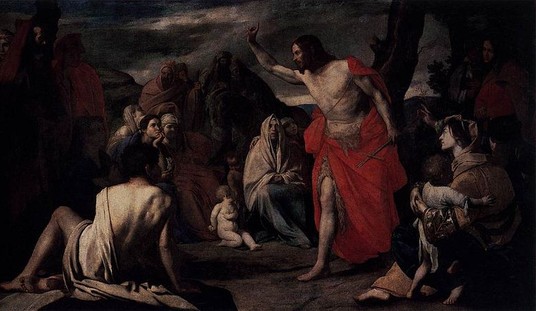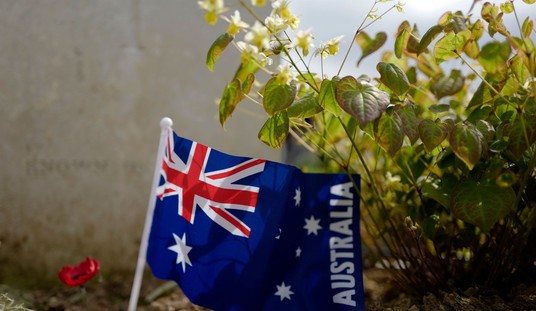While other events have mostly driven it off the front page, there is still an ongoing refugee crisis taking place in Europe. The defeat of ISIS in most of their caliphate and at least a partial easing of the violence in Syria should be lessening the strain, but you couldn’t tell it from the flow of people loading up boats and trying to make it away from the most troubled areas. Italy has been taking it on the chin particularly hard. Over just a two day period in June, a total of 193 people died crossing the Mediterranean in that direction out of 6,000 refugees who made the journey over the same two days. The UN estimates that more than 2,000 have died attempting the crossing since the beginning of the year and 83,650 have been admitted to Italy.
This has led the United Nations to push for additional action. One UN representatives last month described the situation as “a tragedy unfolding before our eyes,” promising more financial aid to the Italian government and urging Italy’ neighbors to “be more supportive” (whatever that means).
But Italy’s problems on this front are no longer only external. The good will of the people of Italy has been strained to the breaking point according to this recent report from the Washington Post. And in addition to being exhausted by the crime and the drain on their resources, some signs of racial enmity are cropping up as well.
The community has turned against the asylum seekers who have been setting sail toward Italy in search of a better life. The new mayor is talking about barring the way to fresh arrivals. Pani’s old neighbors are campaigning against a proposed migrant reception center in their midst. And a priest who dared to shelter an undocumented Ghanaian man was slapped with a fine for failing to tip off authorities to his presence.
Many in this city of 90,000 are in good company in Italy, where moods have soured as the country faces a seemingly limitless flow of people taking boats across the sea from Africa. Leaders are struggling to integrate the more than 500,000 migrants who have landed since 2014, even as new asylum seekers arrive almost daily.
“I’ve been shocked about the reaction of the town. I knew it wasn’t exactly the center of the world,” said Pani, a 39-year-old film production manager. “But here we really have had a fear of differences.”
One local councilor in the small village where these problems are flaring up wasn’t particularly shy about the racial component. He seemed to long for the good old days when you knew who the foreigners were and what they were up to. He’s described as someone who had always supported left wing candidates until this year when he ran for office himself on a right wing ticket. (Emphasis added)
“I’m not talking about anything illegal. But there are people standing in front of every cafe and bar, in front of the hospital, standing in parking lots. Before the crisis, we had five black people here, everyone knew them and people would help them go back to their countries two times a year,” Vespignani said. “Everyone knew what they were doing. Ever since that number went exponentially higher, something felt wrong.”
There’s a limit to nearly everyone’s patience and generosity and plenty of people in Italy have reached those limits. This hasn’t been attracting as much attention in the international press as the crime problems and subsequent revolts in places like Germany, Austria and Hungary, but the problems are the same. And it’s not as if the Italian economy has been particularly flush of late. They’ve got problem of their own and are looking for ways to show some of these new arrivals to the door.
The obvious question here is why the tide of refugees (unquestionably containing some criminal, if not terrorist elements hidden in their ranks) hasn’t slowed down more quickly. And as stability is restored in their native countries (though Syria make take a while yet) people will be asking if most of them will be returning home or if they are permanent fixtures in Italian society. From the sounds of things, they’ll be needed to adapt and make sincere efforts to integrate themselves into Italy’s customs and heritage rather than changing it. European nations don’t have the history of being a “melting pot” the way the United States does.








Join the conversation as a VIP Member